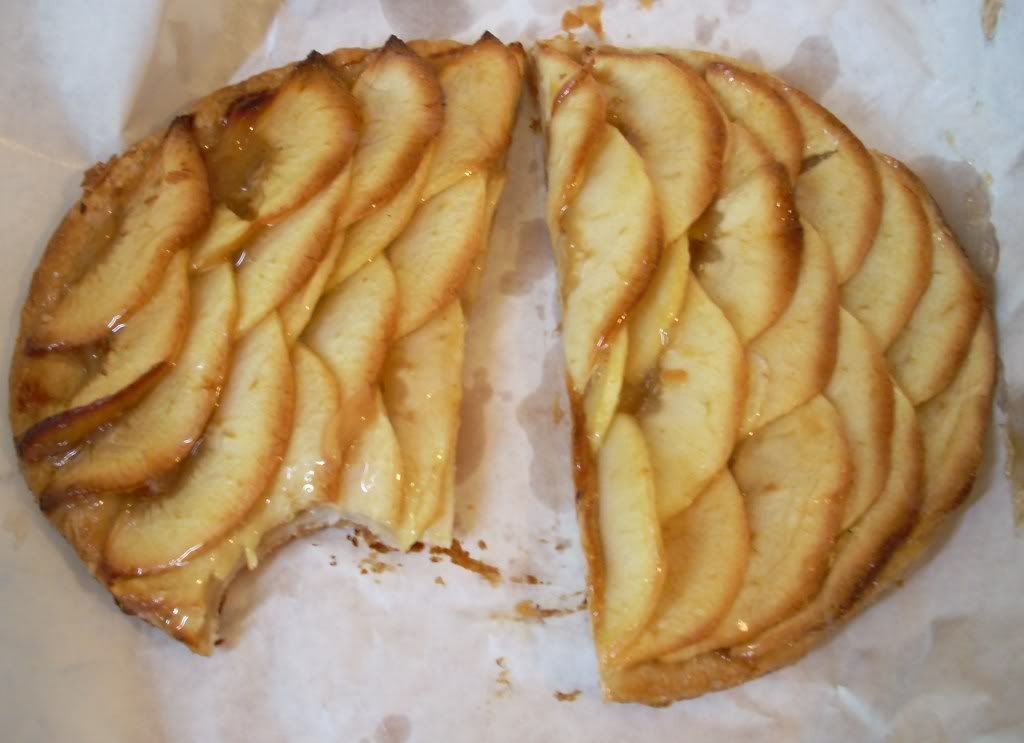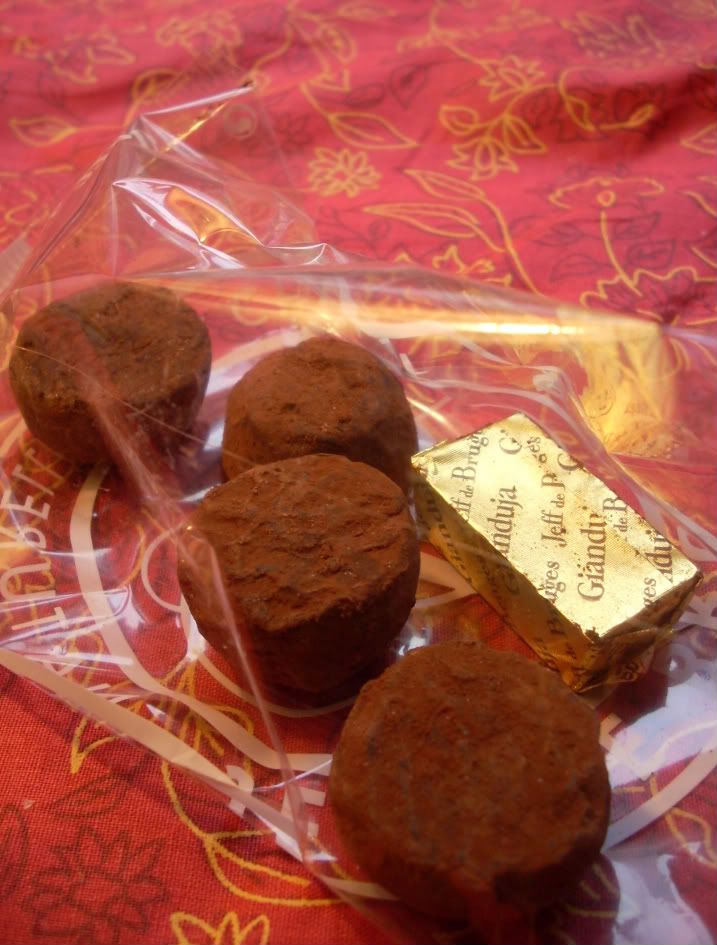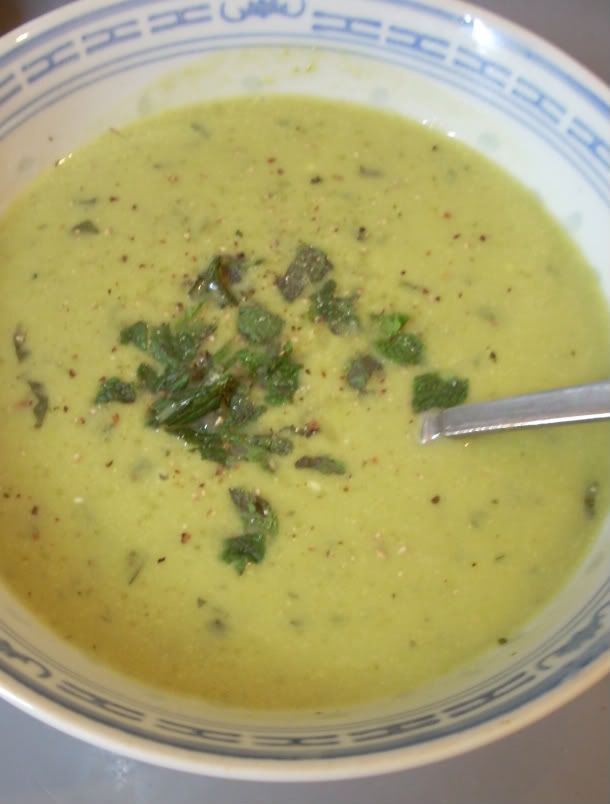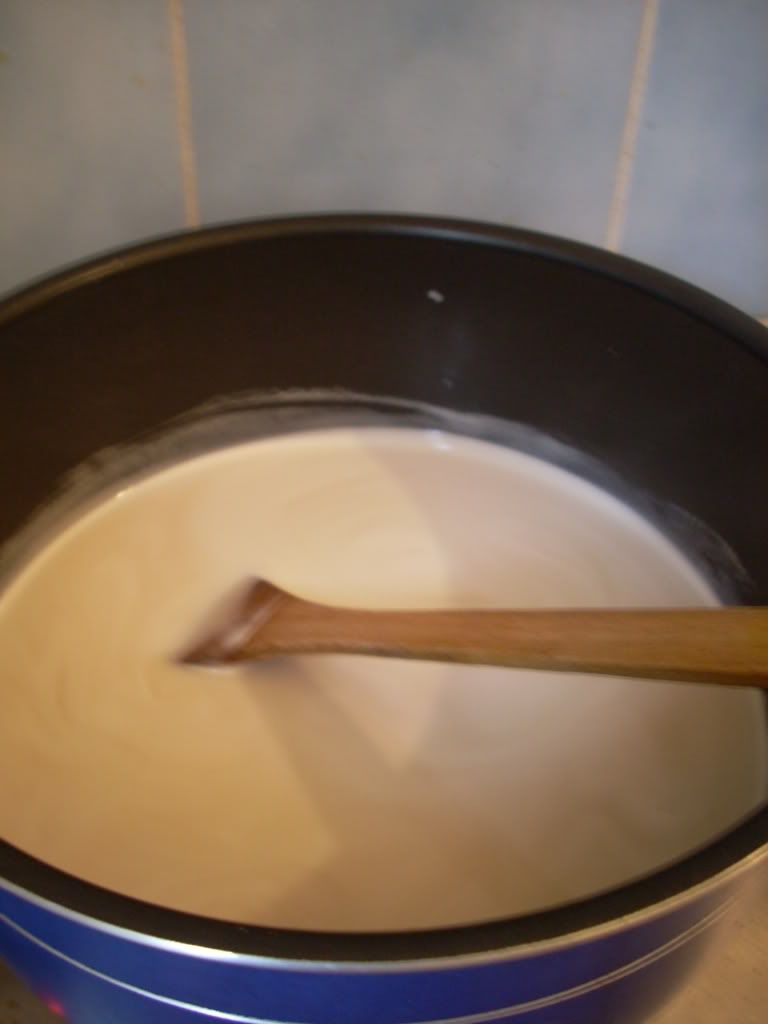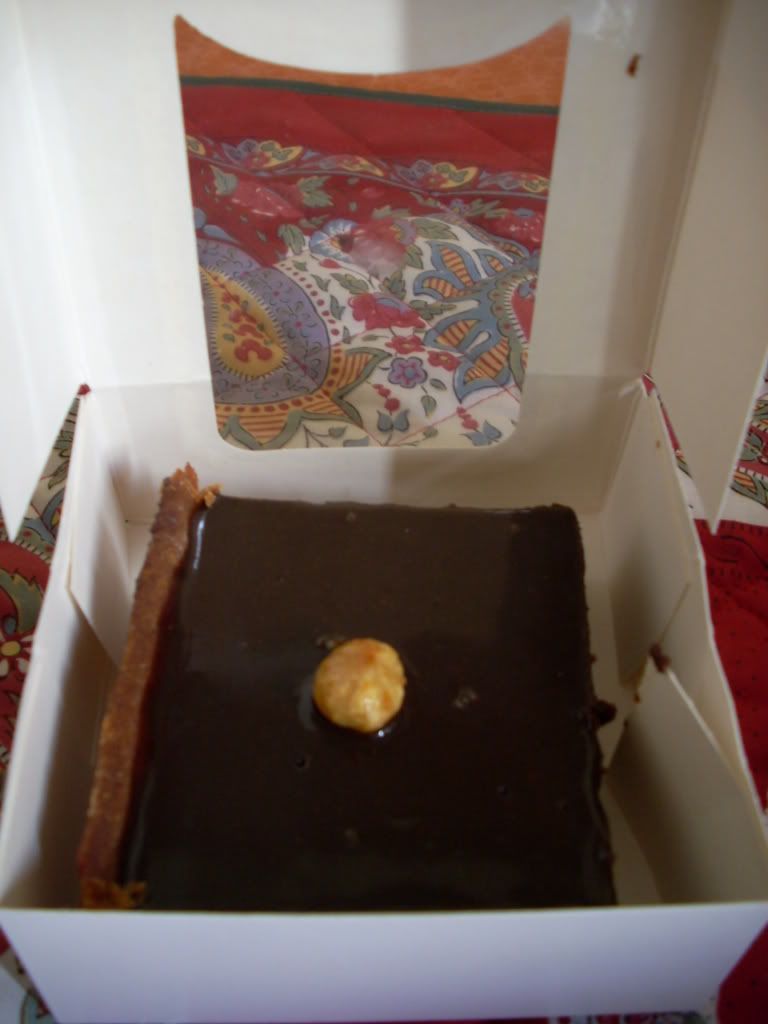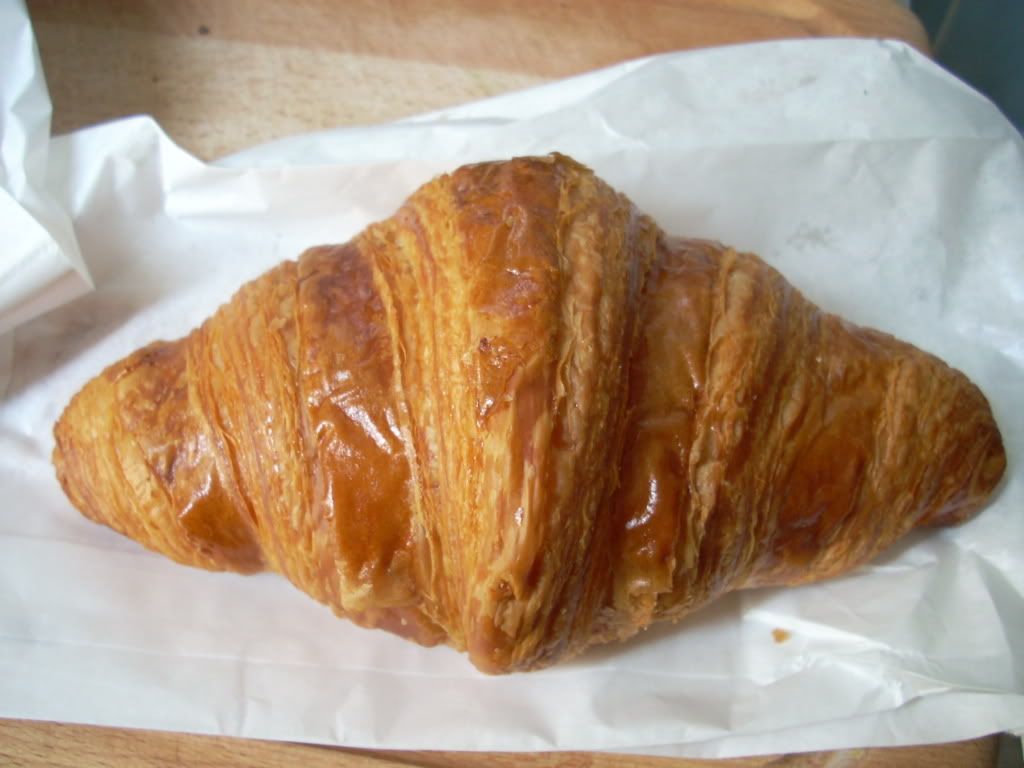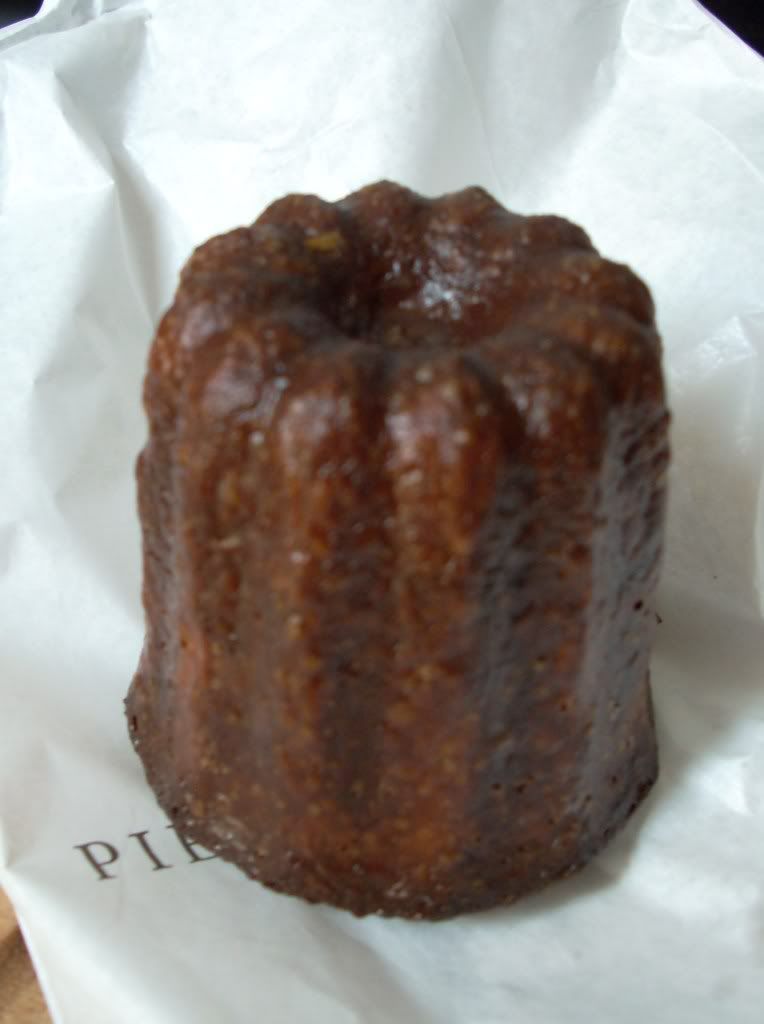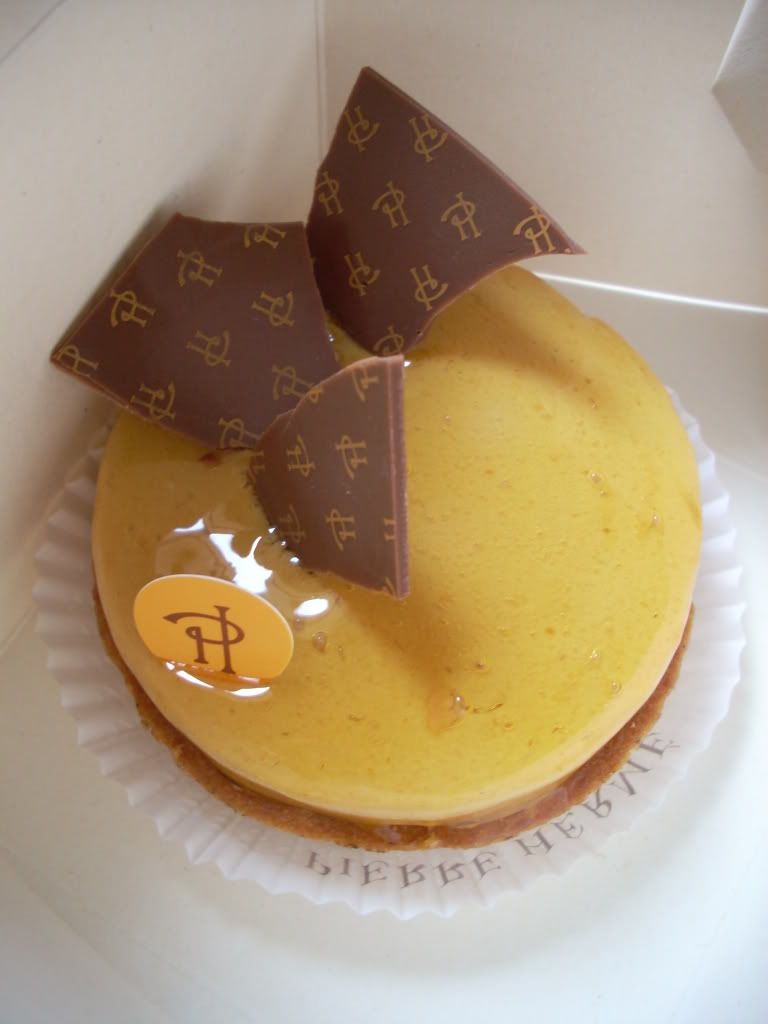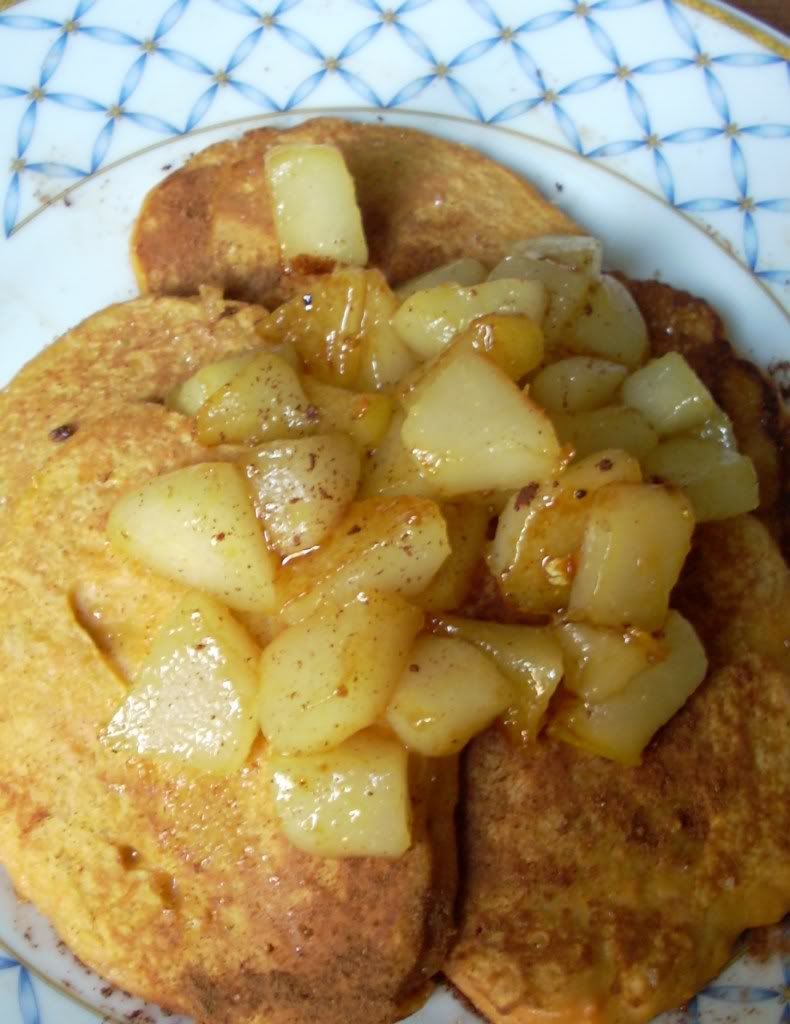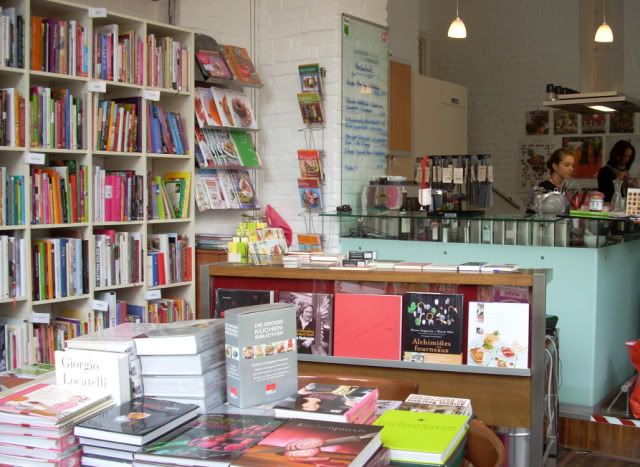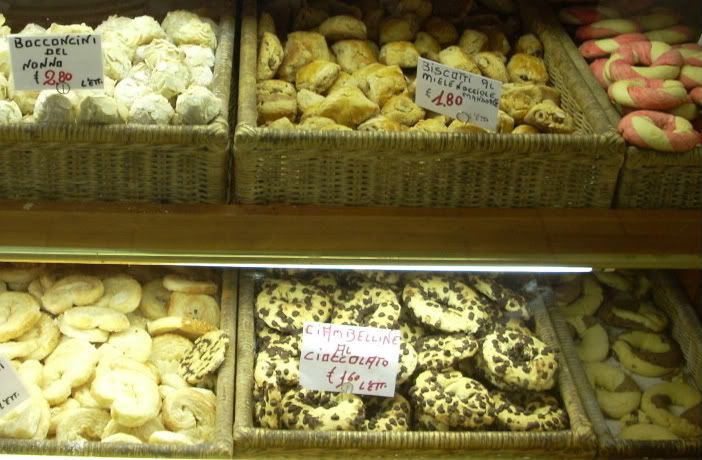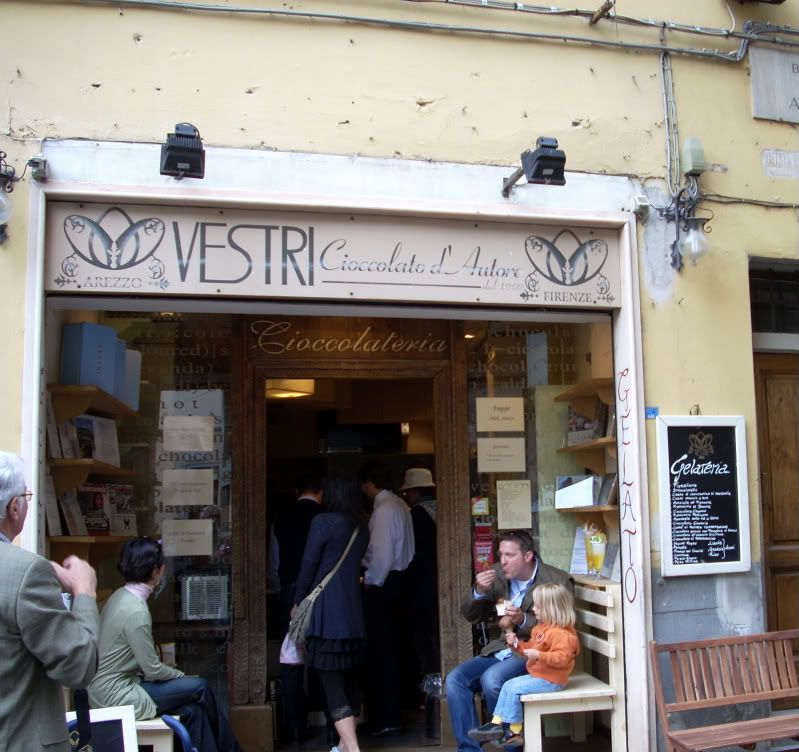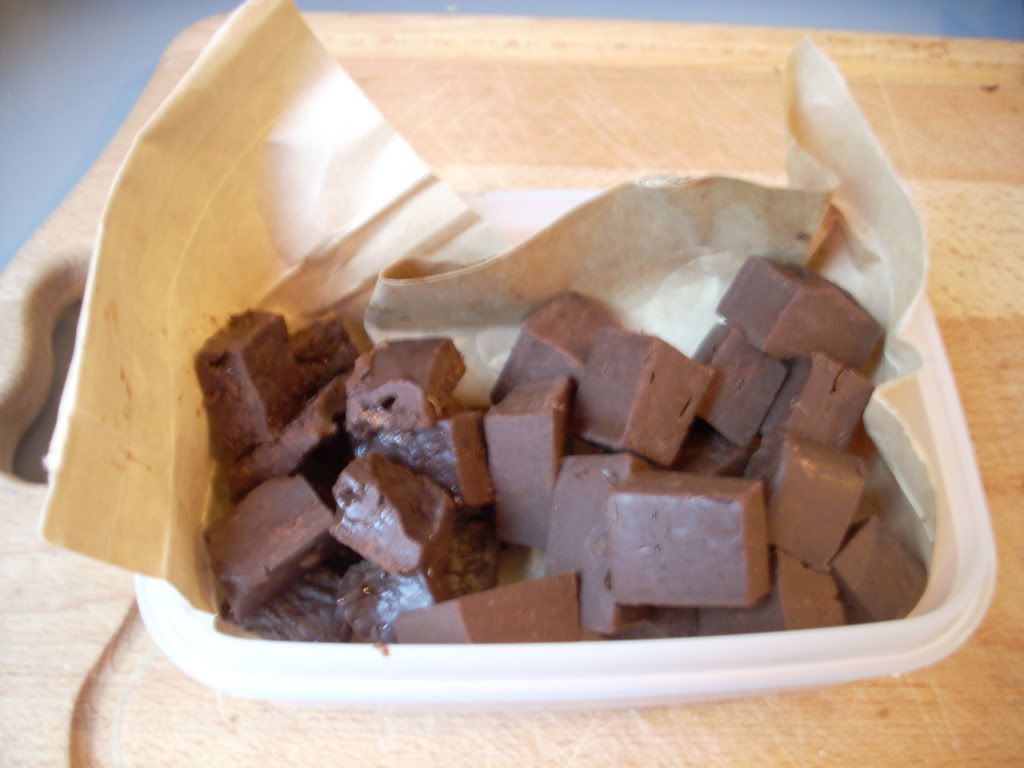
I know it must seem like I do nothing but try out different pastry shops every day. But that's not true at all. I do many things every day, mostly toiling in the library over my stupid presentation about shiite factions in the arab world, or the construction of the European Union during the Mitterrand-Kohl years, or preparing for my economics test on the Heckscher-Ohlin Model of international trade. It's just that my university happens to be near a lot of pastry shops. And so does my apartment. And my bus route between the two is similarly well-placed. So I manage to find the time to try out a lot of fabulous places.
These macarons are from Gregory Renard, near the Eiffel Tower on Rue St Dominique. And they are fabulous. I especially recommend the nougat macaron and the chocolat sel macaron. The shop is something in itself - a tiny, cramped, Willy Wonka's factory with chocolates and macarons and sweets spilling out everywhere. These macarons are much smaller than the usual minis, which means you can try out more flavours. And they're very well priced - cheaper than competitors like Lauduree and Gerard Mulot, and infinitely better.
In fact, I feel like I need to admit now that I was very disappointed with Lauduree. I have no desire to go back and experience the tacky decor to the dry, crumbly macarons again. But I can't wait to go back to Gregory Renard.
